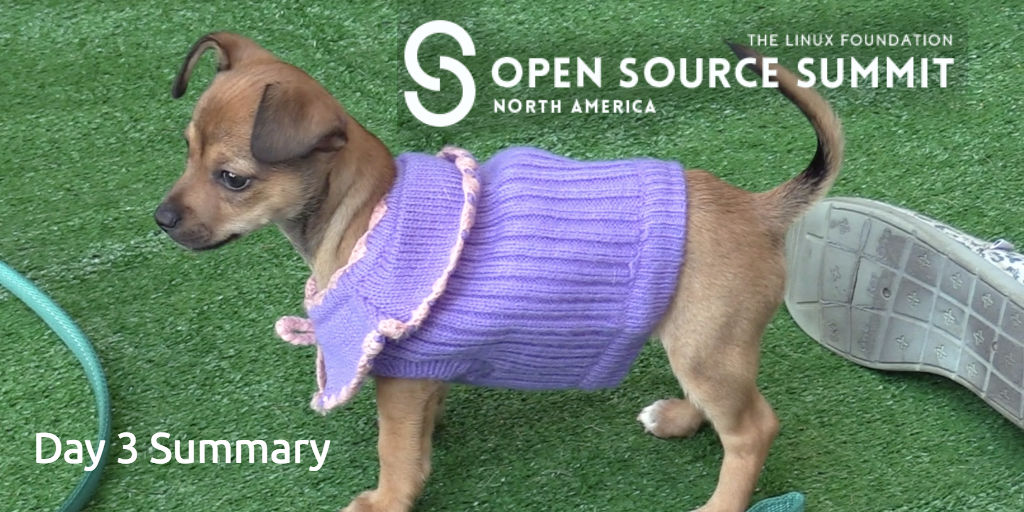For today’s system administrators, the future holds tremendous promise. In this ebook, we have covered many technical skills that can be big differentiators for sysadmins looking to advance their careers. But, increasingly, open source skillsets can also open new doors.
A decade ago, Red Hat CEO Jim Whitehurst predicted that open source tools and platforms would become pervasive in IT. Today, that prediction has come true, with profound implications for the employment market. Participating in open source projects — through developing code, submitting a bug report, or contributing to documentation — is an important way to demonstrate open source skills to hiring managers.

“Successful open source projects thrive on a wide variety of contributions from people with all levels of coding skills and commitment. If just one person fixes a compiler warning, closes a bug, or adds to the documentation, pretty soon you’re talking real progress,” according to this New Relic article by Andy Lester.
Additionally, market researchers have pointed to the connection between open source skillsets and improved employment outcomes. Knowledge of open source best practices, licensing requirements, and project management experience are all important skills that can be gained through working with open source projects. However, the collaboration and communication skills acquired through such participation are equally valuable.
Collaboration is key
Collaboration “is an increasingly important skill in today’s job environment because software is being built outside of a firm,” said Zemlin, Executive Director at The Linux Foundation in an article in PCWorld. “Someone who can collaborate within their company and across different organizations is highly sought after.”
Sysadmins should take note of how they can improve job prospects by contributing to open source projects. As open source technology becomes more pervasive, tech and DevOps workers are building out and overseeing their own open source projects. From Google, to Netflix to Facebook, companies are also releasing their open source creations to the community. Sysadmins who contribute to open source projects can showcase their fluency and experience in this space.
More information on tools to help you understand and contribute to open source projects can be found in this post. The bottom line is that open source is now part of the essential playbook for sysadmins, and seeking training and making contributions can greatly advance your prospects.
Conclusion
A key takeaway from this ebook is that complacency is the enemy. You may be a Linux wizard or a Microsoft-certified admin with years of experience, but staying competitive and advancing your career requires continuous improvement.
We’ve covered some of the skills that are highly valued in the job market now, but emerging skillsets for sysadmins will always be a moving target. As the landscape shifts for sysadmins, adding new skills and acquiring experience is essential.
Learn more about essential sysadmin skills: Download the Future Proof Your SysAdmin Career ebook now.
Read more:
Future Proof Your SysAdmin Career: An Introduction to Essential Skills
Future Proof Your SysAdmin Career: New Networking Essentials
Future Proof Your SysAdmin Career: Locking Down Security
Future Proof Your SysAdmin Career: Looking to the Cloud
Future Proof Your SysAdmin Career: Configuration and Automation
Future Proof Your SysAdmin Career: Embracing DevOps
Future Proof Your SysAdmin Career: Getting Certified
Future Proof Your SysAdmin Career: Communication and Collaboration
Future Proof Your SysAdmin Career: Advancing with Open Source



